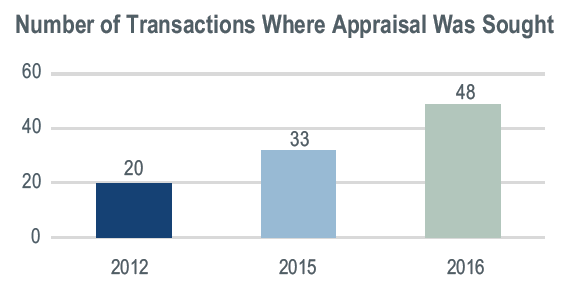Matteo Tonello is Managing Director at The Conference Board, Inc. This post relates to CEO Succession Practices: 2017 Edition, an annual benchmarking report authored by Dr. Tonello and Gary Larkin of The Conference Board with Prof. Jason Schloetzer of the McDonough School of Business at Georgetown University, and made possible by a research grant from executive search firm Heidrick & Struggles. For a Washington Post story discussing the key findings from the study, click here. For details regarding how to obtain a copy of the report, contact [email protected]. Related research from the Program on Corporate Governance includes: Paying for Long-Term Performance by Lucian Bebchuk and Jesse Fried (discussed on the Forum here); and The Growth of Executive Pay by Lucian Bebchuk and Yaniv Grinstein.
According to a new report by The Conference Board, in 2016 CEO exits from underperforming companies have risen to a level unseen in 15 years amid record-high dismissals in the retail sector. In particular, last year the CEO of poorly performing companies had a 40 percent higher probability of being replaced than in 2015 and a 60 percent higher probability of being replaced than the CEOs of better-performing companies. The report, CEO Succession Practices: 2017 Edition, annually documents and analyzes succession events of chief executives of S&P 500 companies. In 2016, there were 63 cases of S&P companies that underwent a CEO turnover.
